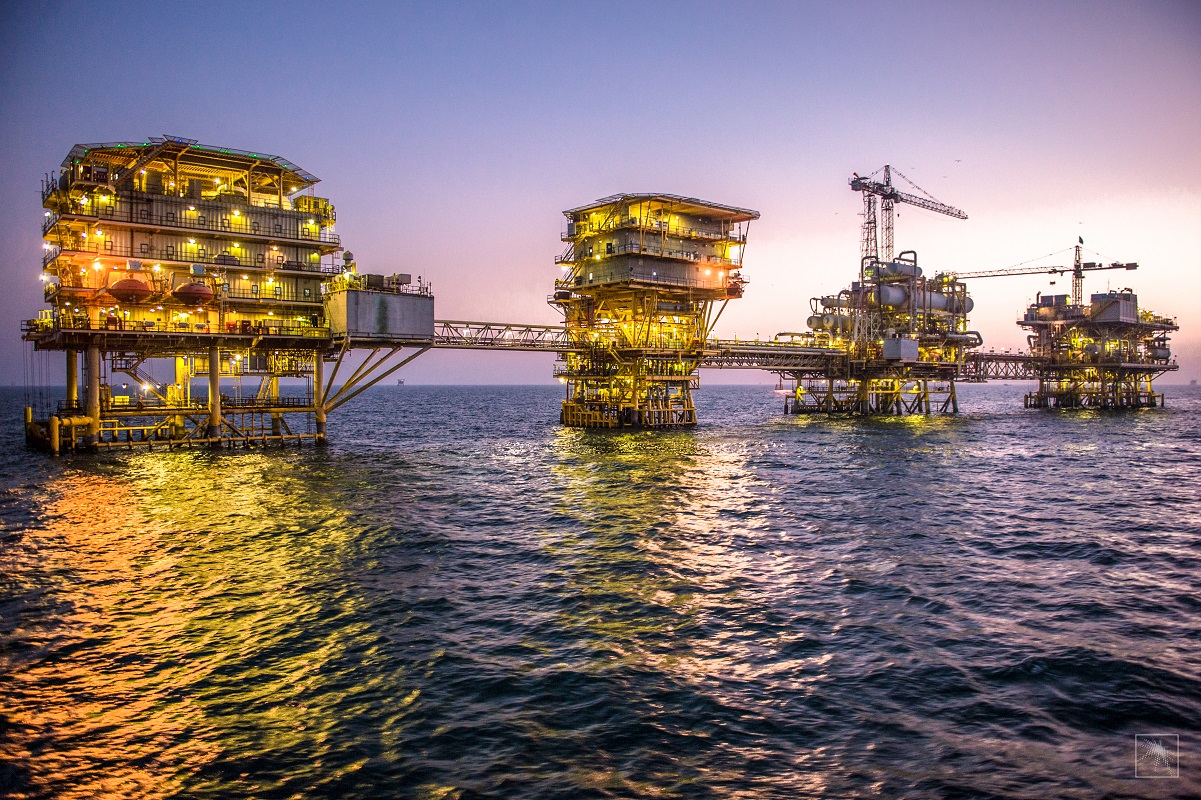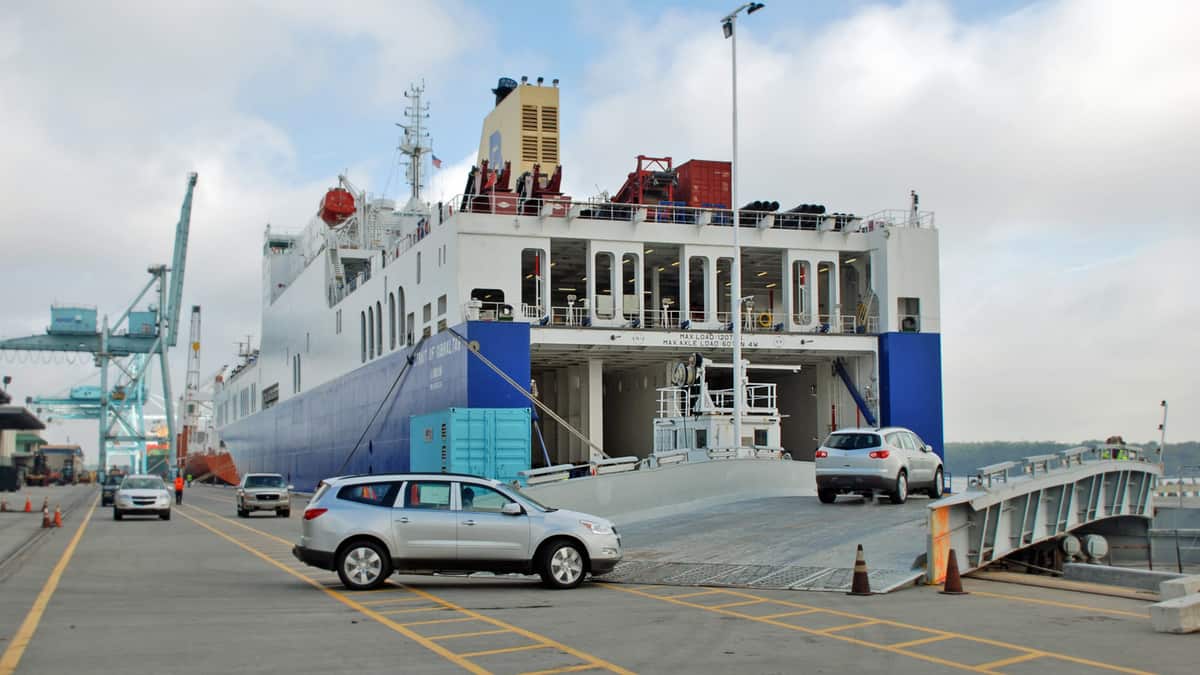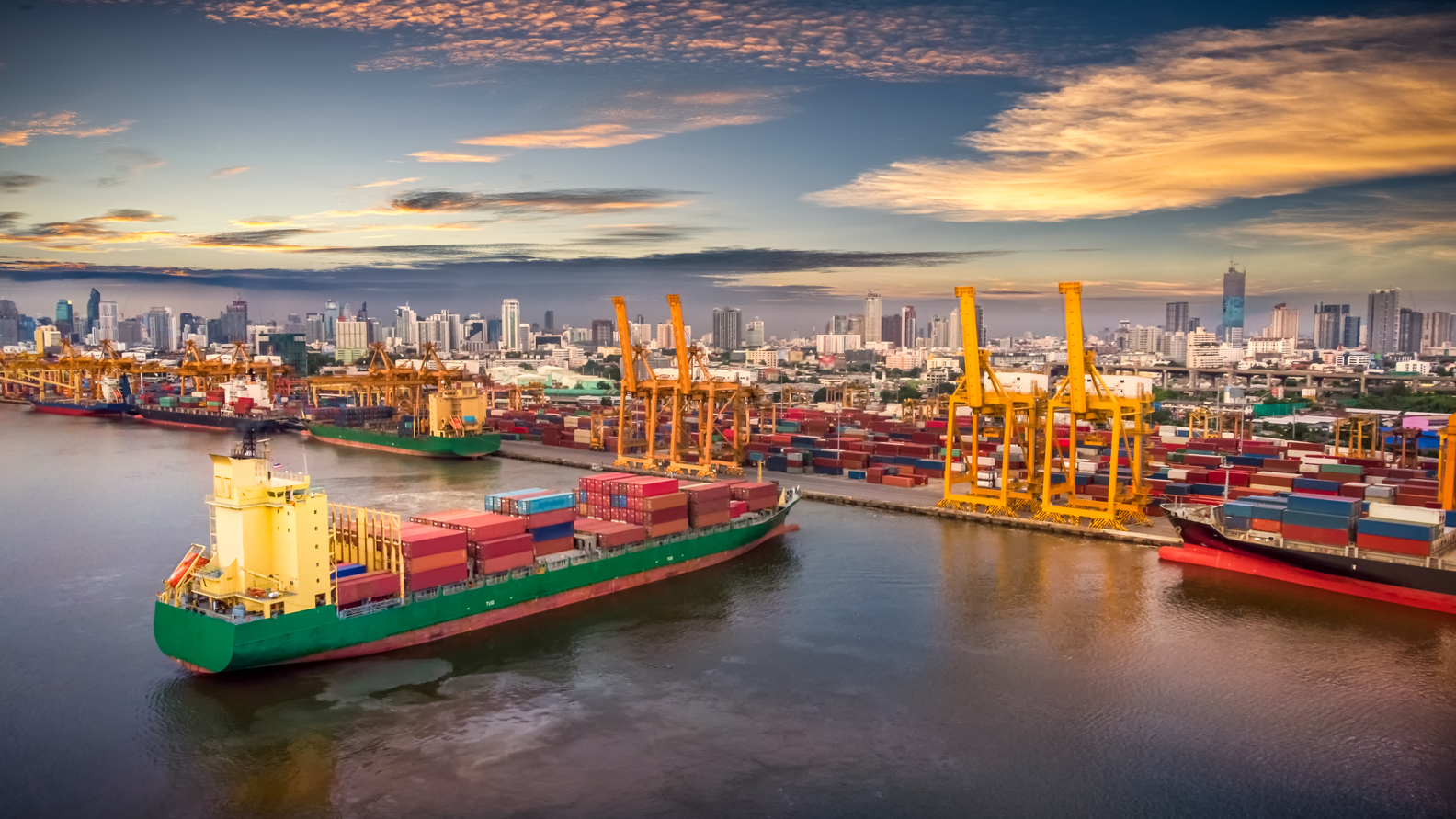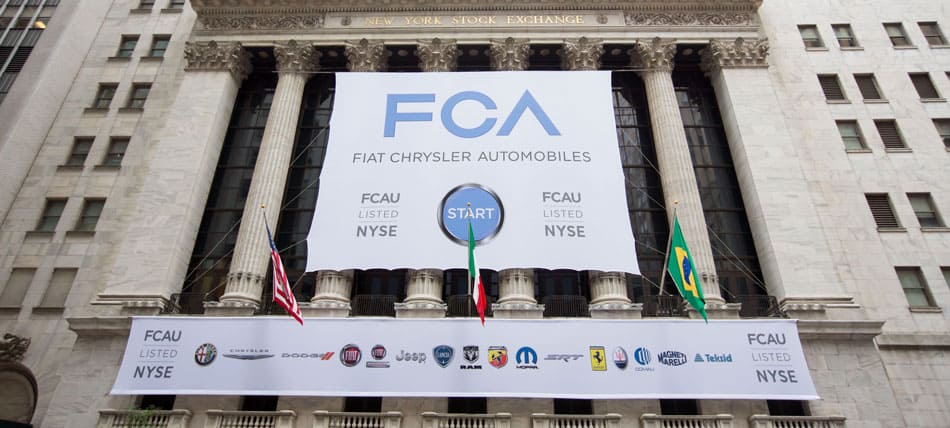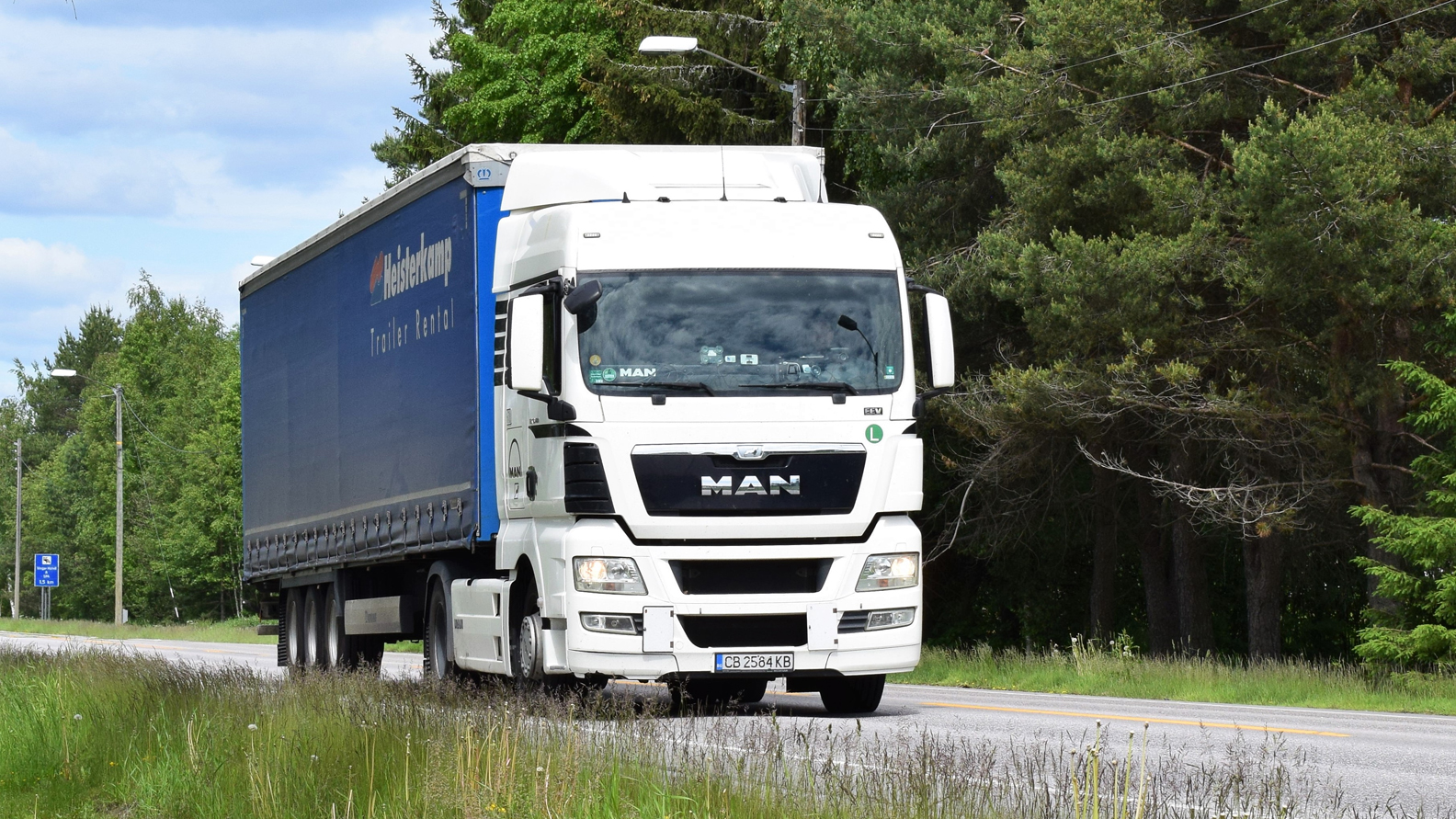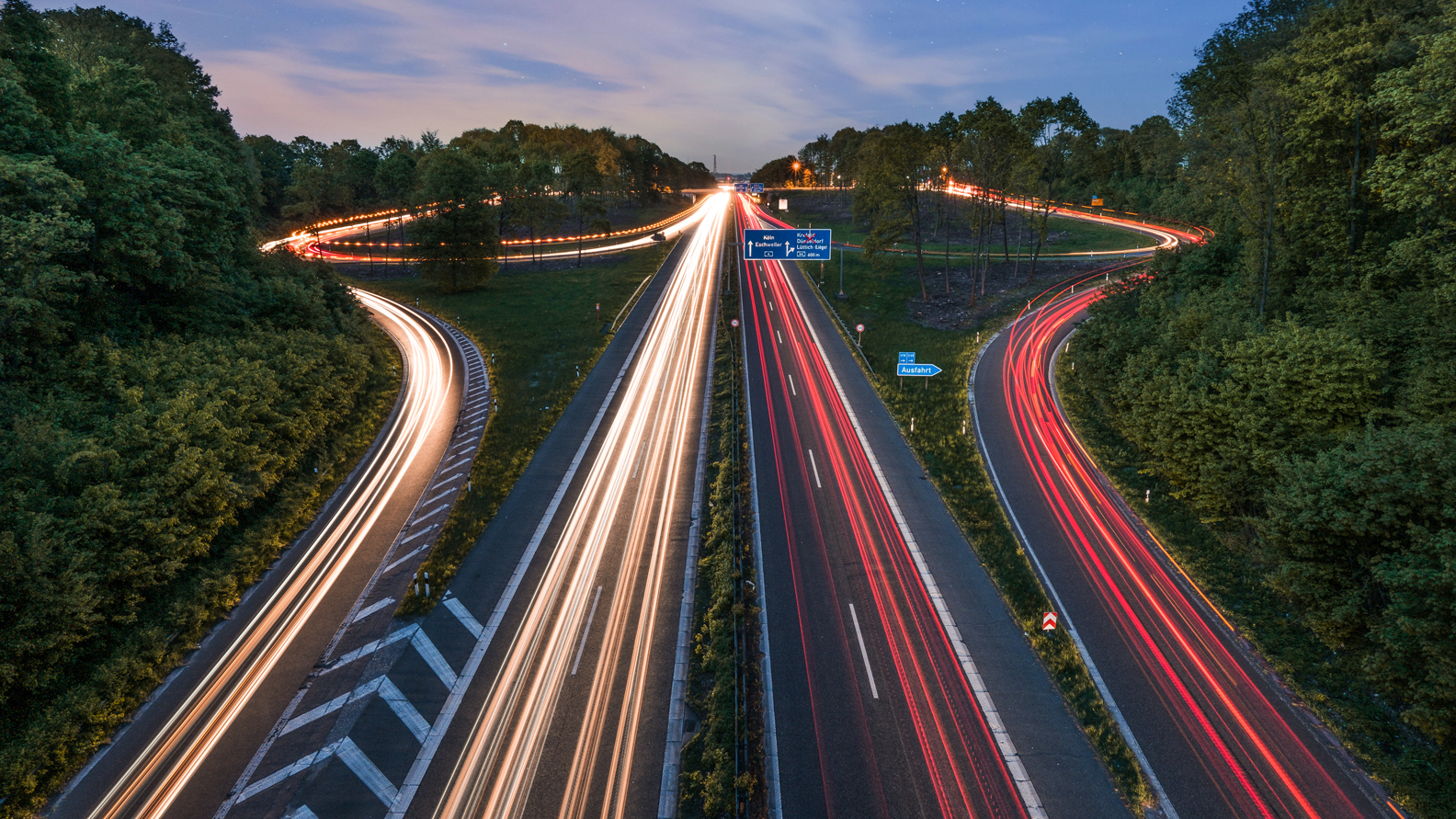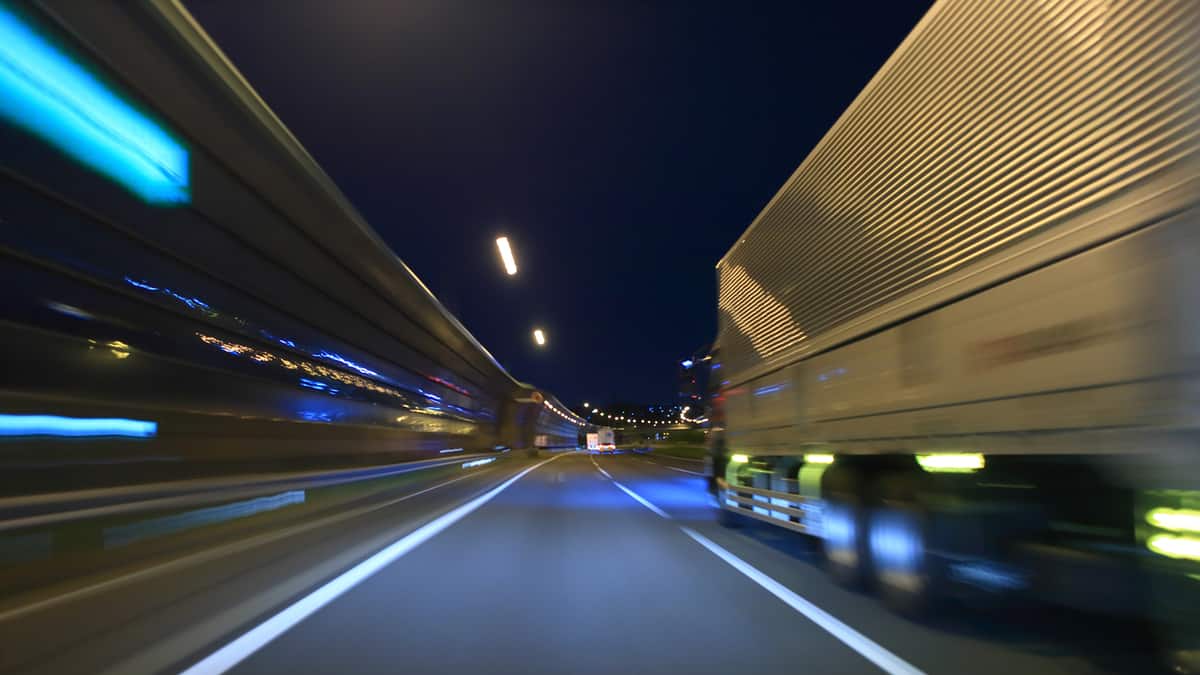
Saudi Aramco, believed to be the world’s largest integrated oil and gas company, received approval Sunday from the Saudi Capital Markets Authority to carry out an initial public offering on the local stock exchange.
“Today marks a significant milestone in the history of the Company and important progress towards delivering Saudi Vision 2030, the Kingdom’s blueprint for sustained economic diversification and growth,” Yasir Othman Al-Rumayyan, chairman of the Board of Directors of Saudi Aramco, said regarding the announcement of the listing.
Many of the details of the float on Tadawul (Saudi Arabia’s stock market) do not yet appear to have been decided.
The price, volume and percentage of the shares of Aramco to be sold will be determined at the end of “book-building” — the process by which salespeople visit institutional investors to gauge appetite and pricing for the stock.
Those investors, including banks, pension funds and the like, can subscribe for Aramco shares, as can qualified individuals. The latter group includes Saudi nationals, any non-Saudi natural person residing in the Kingdom and any national of the Gulf Cooperation Council. Other members of the council are Kuwait, Bahrain, Qatar, Oman and the United Arab Emirates. Saudi nationals will also be entitled to one bonus share, up to a cap of 100 bonus shares, for every 10 allotted shares.
An over-allotment option of up to 15% of the total number of shares sold will be granted to one of the banks involved in the IPO.
Key financial and operating metrics
For the year ended Dec. 31, 2018, the company reported an operating cash flow of $121 billion, free cash flow of $85.8 billion and net income of $111.billion. As of June 30, 2019, it had gearing of 2.4%. On Nov. 1, 2019, Saudi Aramco declared an ordinary dividend of $13.4 billion for the quarter ending Sept. 30, 2019.
Saudi Aramco produced 13.6 million barrels per day of oil equivalent, including crude oil, condensate and natural gas liquids, for the year ended Dec. 31, 2018.
“The Company’s crude oil production accounted for approximately one in every eight barrels of crude oil produced globally from 2016G to 2018G,” the company said in a statement.
Proven liquid reserves as of Dec. 31 were 226.8 billion barrels, “the largest amount of conventional proved liquids reserves of any company in the world and approximately five times larger than the combined proved liquids reserves of the Five Major IOCs [international oil companies]. Further, the company believes that its portfolio includes the world’s largest discovered conventional onshore oil field (Ghawar) and largest conventional offshore oil field (Safaniyah).”
Saudi Aramco added that it believes its proven oil reserves are sufficient for the next 52 years.
As of Dec. 31, 2018, Saudi Aramco had 185.7 trillion standard cubic feet of proven natural gas reserves. In 2018 it was producing about 8.9 billion standard cubic feet of natural gas per day and 1 billion standard cubic feet of ethane daily.
In the previous calendar year, Saudi Aramco’s lifting cost averaged about $2.8 per barrel of oil equivalent produced, and its capital expenditure was about $4.7 per barrel of oil equivalent produced.
“The Company’s low cost position is due to the unique nature of the Kingdom’s geological formations, favourable onshore and shallow water offshore environments in which the Company’s reservoirs are located, synergies available from the Company’s use of its large infrastructure and logistics networks, its low depletion rate operational model and its scaled application of technology,” the company said in the statement.
As of Dec. 31 last year, Saudi Aramco had a net refining capacity of 3.1 million barrels a day.
Lead manager: Samba Capital & Investment Management
Joint financial advisers: Citigroup Saudi Arabia, Credit Suisse Saudi Arabia, Goldman Sachs Saudi Arabia, HSBC Saudi Arabia, J.P. Morgan Saudi Arabia, Merrill Lynch Kingdom of Saudi Arabia, Morgan Stanley Saudi Arabia, NCB Capital, and Samba Capital & Investment Management
Joint global coordinators: Citigroup Global Markets Limited, Credit Suisse Securities (Europe) Limited, Goldman Sachs International, HSBC Saudi Arabia, J.P. Morgan Securities, Merrill Lynch Kingdom of Saudi Arabia, Morgan Stanley, NCB Capital, and Samba Capital & Investment Management
Joint Bookrunners: Banco Santander, BNP Paribas, BOCI Asia Limited, Crédit Agricole Corporate and Investment Bank, Deutsche Bank, First Abu Dhabi Bank, Mizuho International, RBC Europe, SMBC Nikko Capital Markets, Société Générale and UBS

